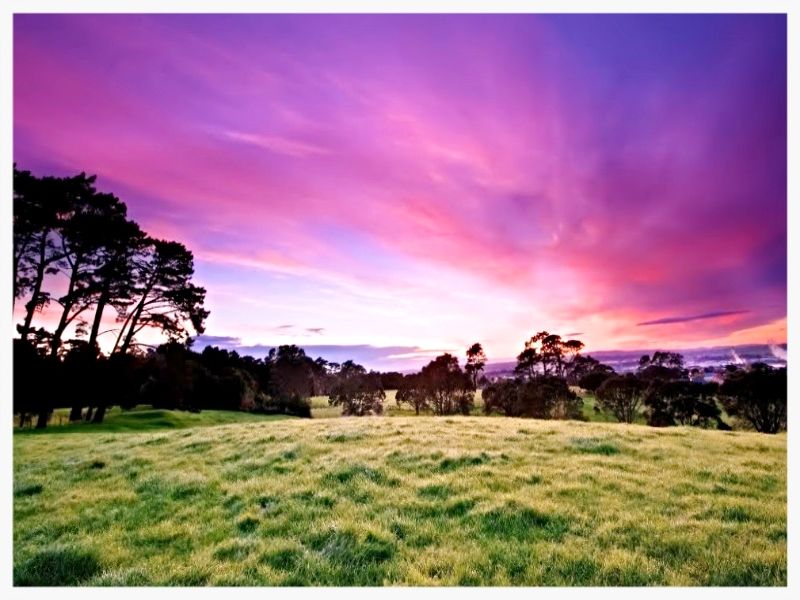Incontri Tra/Montani means "Meetings Between/Mountains," and to the best of my knowledge was formed to provide a political voice to communities in the eastern Alps of Lombardy, Trentino, and also to other Alpine communities who are often overlooked. I think it's comparable to rural Upper Michigan building an "embassy" near the capitol in Lansing to provide a voice for the detached region. ITM turned 30 last year. I believe that province of Sondrio, the Brescian Tri-Valley, and the Bergamo Alps encompasses a strong cultural milieu as well. Naturally we would like to express solidarity with them.
************
http://www.incontritramontani.it/
https://www.facebook.com/Incontritramontani/
https://incontritramontani.academia.edu/incontritramontani
************
INCONTRI TRAMONTANI - (PIEVE DI BONO-PREZZO)
gianni beordo
Trentesima edizione: Incontri Tramontani
************
Museo Scuola Rango
"Bello!"
************
A brief history
Incontri Tra/Montani was born in 1990 from a chance meeting between cultural associations of Valle Camonica and Val Trompia. From the observation of a lack of communication between the valleys and from the reading of the great difficulties in which the mountain communities finds itself (exodus, destructive interventions, youth unemployment, etc.), the idea arose of an annual conference that would begin to create a network of non-institutional relations between groups operating in the Italian, Swiss, Austrian, and French Alps with the aim of promoting mutual knowledge, collaboration, exchange of analysis and possible proposals.
In the term Tra/Montani there is a double meaning: 1) The need for dialogue and the consciousness of the sunset of a civilization that was at the center of the pre-industrial economy since all medieval "machines" needed the energy produced by the fall of water.
The study and reflection meetings on issues of common interest in Alpine resorts have been organized regularly since 1990 and touch on topics of various kinds and locations that are always different.
The ITM to which the Valle Camonica, the Giudicarie Valleys, the Val di Sole, Valtellina, Val Seriana, Val Cavallina, Carnia, and Val Verzasca adhere to permanently, has no official seat, nor a statute. It is a self-managed, spontaneous, and free thinking.
Membership of the ITM Group is open to all associations, study centres and cultural groups in the Alps.
'History of the ITM' by Giancarlo Maculotti (pdf file)
The following all collaborated in the realization of the ITM:
• Associazione Comitato Organizzatore Festa di Trate - Gaverina Terme (Bergamo)
• Associazione IVS Inventario delle Vie di Comunicazione Storiche (Milano)
• Centro Studi e Ricerche Archivio Bergamasco (Bergamo)
• Centro Studi Etnografici Val Imagna S. Omobono Imagna (Bergamo)
• Centro Studi Judicaria – Tione (Trento)
• Centro Studi Val di Sole – Malè (Trento)
• Centro Studi Valchiavennaschi Chiavenna (Sondrio)
• Circolo Culturale Baradello Clusone (Bergamo)
• Circolo Culturale Ghislandi Cividate Camuno (Brescia)
• Comune di Montereale Valcellina Montereale Valcellina (Pordenone)
• Cooperativa Arca Gardone Val Trompia (Brescia)
• Cooperativa Il Chiese - Storo (Trento)
• Fondazione Progetto Poschiavo Poschiavo (Svizzera)
• Fondazione Val Verzasca Canton Ticino (Svizzera)
• L’Arcilettore, Circolo di Sondrio (Sondrio)
• Museo Etnografico S. Caterina Valfurva (Sondrio)
• Museo Etnografico Tiranese - Tirano (Sondrio)
• Pro Vita Alpina - Längenfeld (Austria)
.









